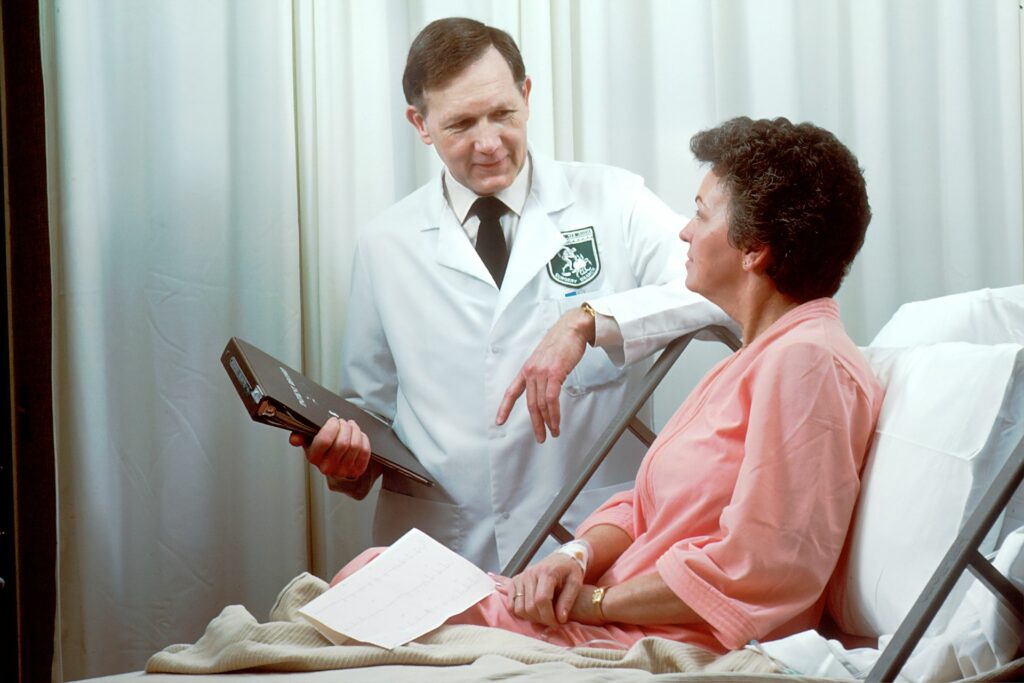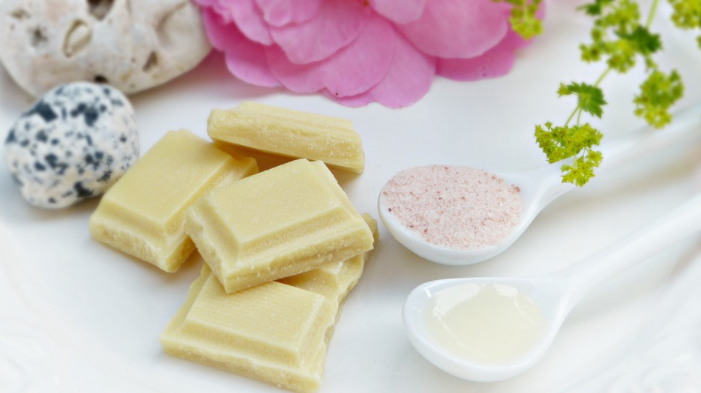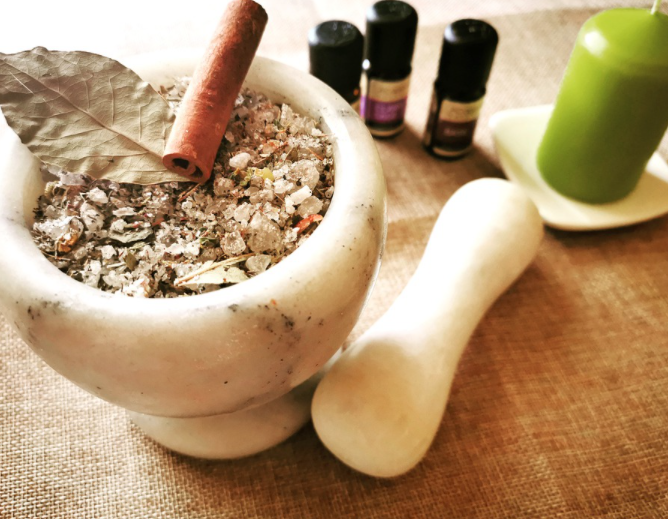Overcoming Post-Surgical Dressing Hurdles: The Power of Personalized Care Plans

After surgery, many patients find themselves facing an unexpected challenge: the daunting process of managing post-surgical dressings. While healing is a priority, navigating the complexities of care can be overwhelming and riddled with uncertainty. But what if we told you there’s a better way? Enter personalized care plans—the game-changer in postoperative recovery. By tailoring dressing strategies to individual needs, preferences, and lifestyles, these plans not only alleviate stress but also empower patients on their healing journey. Join us as we explore what to wear for post-surgery comfort and to ensure a smoother path to recovery.
Dressing Gets Complicated, Fast
Let’s start with the obvious: surgery affects how you move. Maybe you can’t bend like you used to, or maybe lifting your arms over your head is a no-go for a few weeks. For some people, the pain alone is enough to make even the softest pair of leggings feel like a struggle. Add in bulky bandages, and assistive devices like walkers or crutches, and you’ve got yourself a real-life dressing puzzle. Clothes that once fit fine may suddenly be hard to get on or irritating to wear. Buttons, zippers, tight waistbands—they all become new enemies. And when you’re already drained from trying to manage discomfort or limited mobility, wrestling with your wardrobe just isn’t where you want to spend your energy.
One Size Doesn’t Fit All
This is where the power of a personalized care plan shows up. Recovery isn’t one-size-fits-all, and neither is getting dressed during that time. A good care plan doesn’t just focus on wound care and exercises—it also considers your daily routines, like how you’ll get dressed in a way that works for you. Your plan might include recommendations for adaptive clothing, strategies for safe movement while dressing, or suggestions for helpful tools like dressing sticks, sock aids, and reachers. Some care plans even involve occupational therapists who work with you directly to figure out what kind of clothing and dressing techniques will support your recovery and reduce frustration.

Getting the Right Support
Sometimes, just having someone recognize that dressing is a challenge can feel like a relief. That’s where personalized care comes in again—it’s not just about the physical steps, but about making sure you feel supported in the process. Maybe you need help finding clothes that don’t interfere with surgical sites, or maybe you need to learn a few tricks for dressing one-handed. The point is, you’re not expected to figure it all out on your own. And let’s not forget about the emotional side. Feeling helpless or dependent on others just to put on a pair of pants can take a toll. A personalized plan that helps you regain independence—even in small ways—can lift your spirits and make recovery feel a little more manageable.
Little Adjustments, Big Impact
The good news is that small adjustments can go a long way. Things like switching to front-closing shirts, using Velcro instead of buttons, or picking clothes with soft, stretchy fabrics can make a huge difference in your comfort and mobility. Personalized care plans take these details into account so that you’re not constantly adapting to your clothes—instead, your clothes adapt to you. It’s not about overhauling your entire wardrobe or spending a fortune on specialty items. It’s about making sure your recovery journey is supported …



 Discussing about the history of salt therapy, it has been used for countless decades. This practice, known as “Neti,” was used by yogis in preparation for meditation and prolonged yoga practices to ensure open and clear airways, which facilitated breathing. In 1843 he wrote a novel about the effects of salt. His successor, M. Poljakowski, opened salt baths in Velicko, near Krakow, which are still in operation today.
Discussing about the history of salt therapy, it has been used for countless decades. This practice, known as “Neti,” was used by yogis in preparation for meditation and prolonged yoga practices to ensure open and clear airways, which facilitated breathing. In 1843 he wrote a novel about the effects of salt. His successor, M. Poljakowski, opened salt baths in Velicko, near Krakow, which are still in operation today.